How to Choose the Right Flooring Material for Your Home Interior

Introduction
Hey there, home interior enthusiasts! Are you pondering over the perfect flooring material for your abode? Well, you’ve come to the right place. Choosing the right flooring isn’t just about aesthetics; it’s about creating a space that’s both functional and visually appealing. So, let’s dive into the world of flooring materials and uncover the best fit for your home.
Do check out: Embrace the Future: 5 Exquisite Interior Design Trends for 2024
Understand Your Needs

Before you embark on your flooring material quest, take a moment to understand your specific needs. Think about the room’s purpose:
- Do you have pets or children?
- Is the area high or low traffic?
- Do you need easy maintenance?
- Desire soft, comfortable flooring?
- Are environmental and allergen concerns important?
These considerations lay the foundation for your flooring choice, ensuring it meets your practical needs.
A Journey Through Flooring Materials
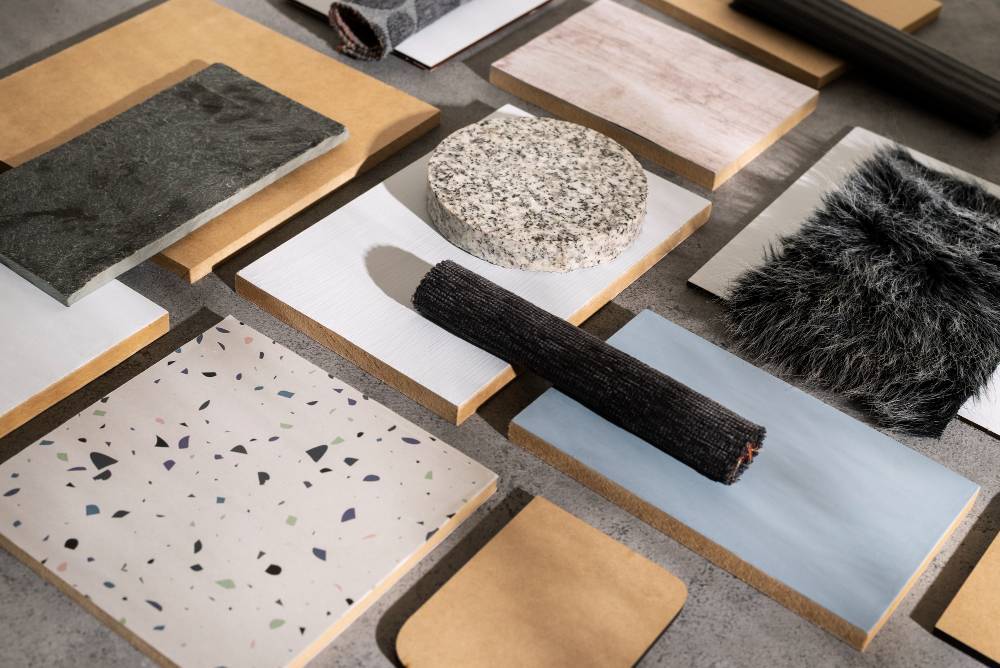
The world of flooring materials is vast and diverse, each with its unique personality. Let’s explore some of the most popular options:
1. Hardwood: The Classic Charm
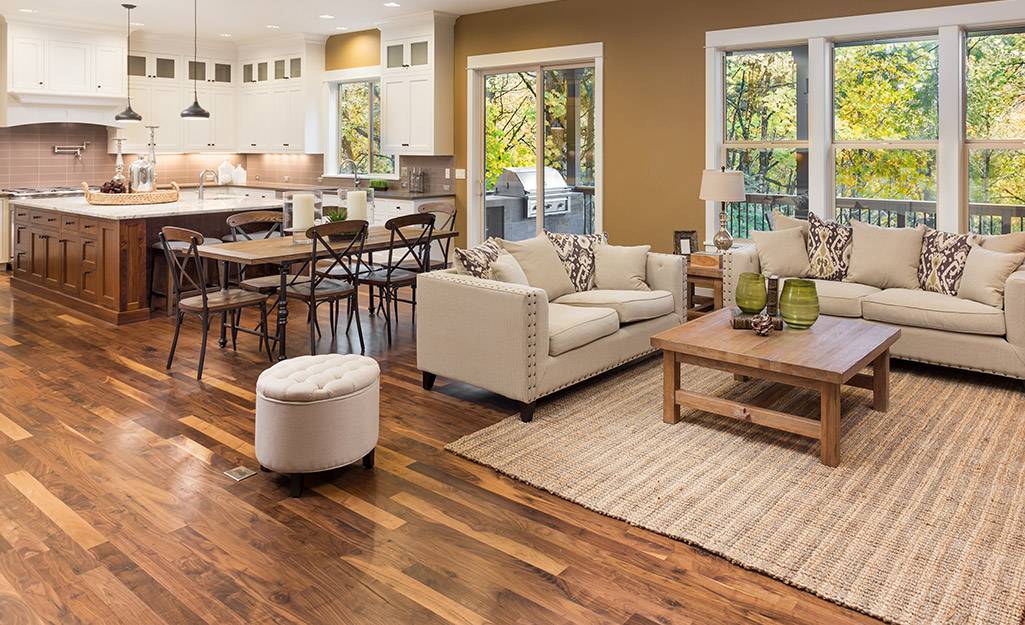
Hardwood is a popular choice for its natural beauty and durability. It’s ideal for living rooms and bedrooms but avoid using it in areas prone to moisture like bathrooms or kitchens. Hardwood flooring comes in various types of wood, including oak, maple, and cherry. It’s also available in different finishes, including matte, semi-gloss, and high-gloss.
2. Laminate: Affordable Elegance
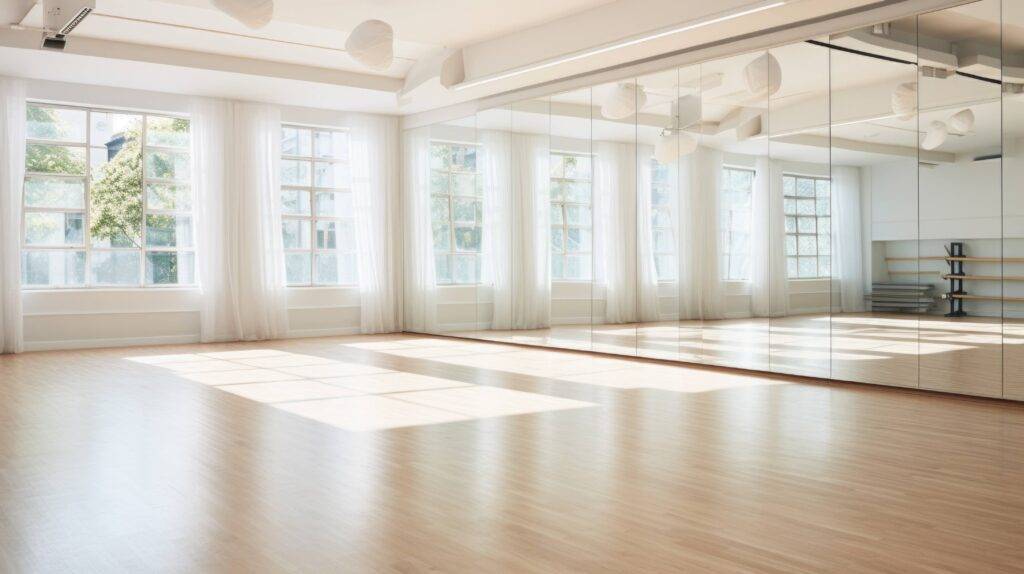
Laminate is a cost-effective alternative to hardwood. It’s made of synthetic materials that mimic the look of hardwood. Laminate flooring is resistant to scratches and easy to clean, making it a good choice for high-traffic areas. It’s also available in a variety of colors and patterns.
3. Tile: The Master of Moisture
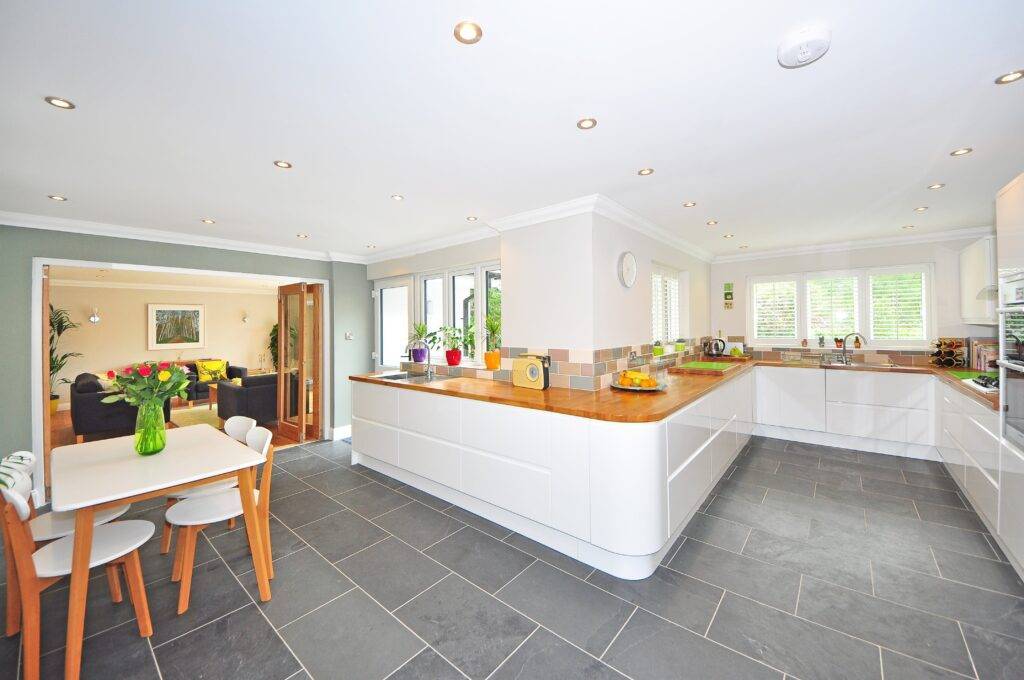
A tile is a versatile option that’s perfect for areas exposed to water, like bathrooms and kitchens. They come in various materials, including ceramic, porcelain, and natural stone. Tile flooring is durable and easy to clean, making it a good choice for high-traffic areas.
4. Carpet: Comfort Underfoot

The carpet provides a warm, comfortable feel underfoot. It’s best suited for bedrooms and living rooms where comfort is a priority. Carpet comes in various materials, including wool, nylon, and polyester. It’s also available in different colors and patterns.
5. Vinyl: Versatile and Durable

Vinyl flooring is water-resistant and durable, making it suitable for kitchens and bathrooms. It’s also available in a variety of designs, including wood, stone, and tile. Vinyl flooring is easy to clean and maintain, making it a good choice for high-traffic areas.
6. Cork: The Eco-Warrior

Cork is an eco-friendly option that’s perfect for those who are environmentally conscious. It’s soft, comfortable, and provides excellent insulation. It’s ideal for bedrooms and living rooms.
7. Bamboo: The Eco-Warrior’s Stylish Sibling
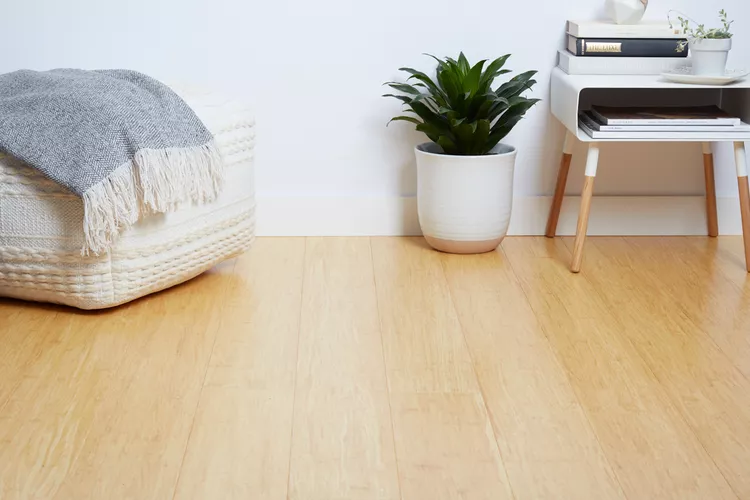
Bamboo is another eco-friendly option that’s gaining popularity. It’s durable, easy to maintain, and comes in various colors and styles. It’s ideal for living rooms and bedrooms.
8. Stone: The Epitome of Luxury

Stone flooring is a luxurious option that’s perfect for high-end homes. It’s durable, easy to maintain, and comes in various colors and styles. It’s ideal for living rooms, dining rooms, and entryways.
Consider the Installation Process
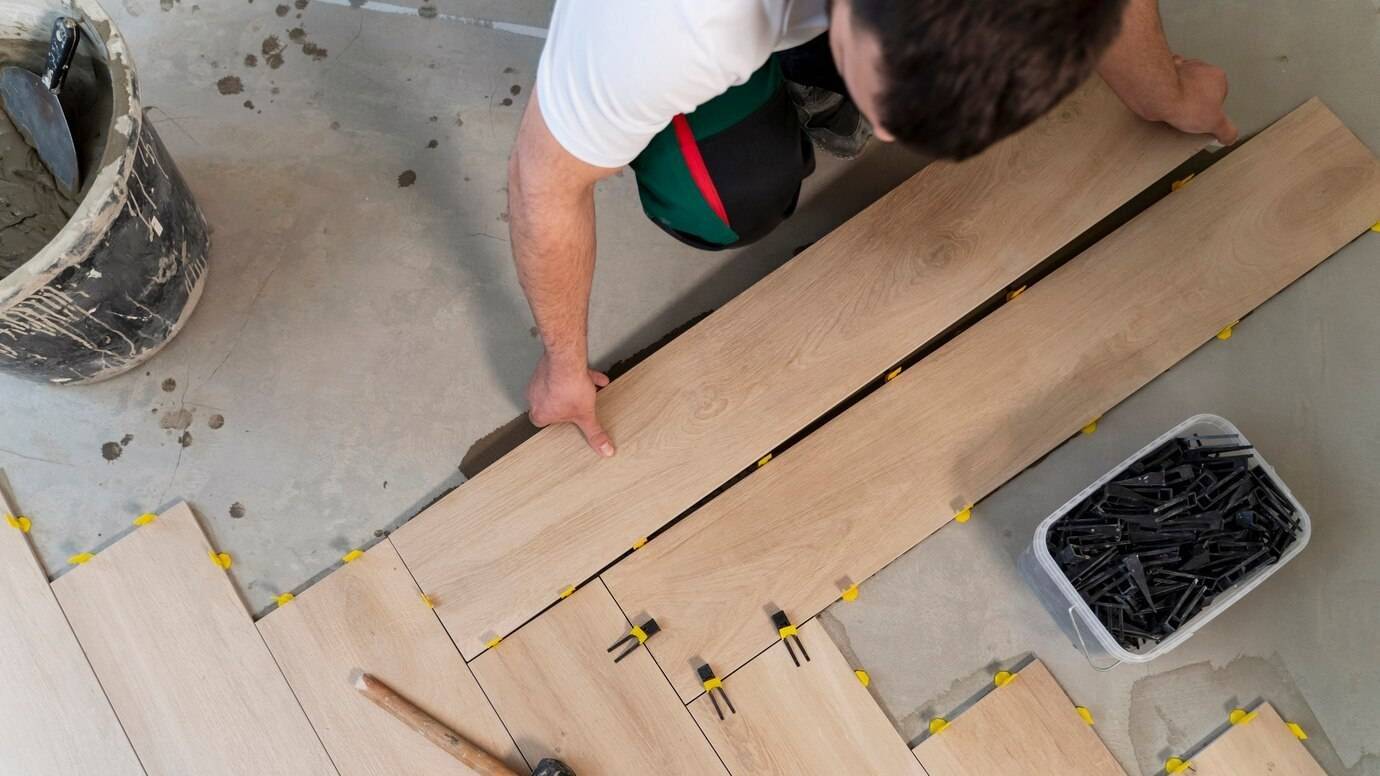
Some flooring materials require professional installation, while others can be a DIY project. Consider your skill level and the time you’re willing to invest in the installation process.
Maintenance
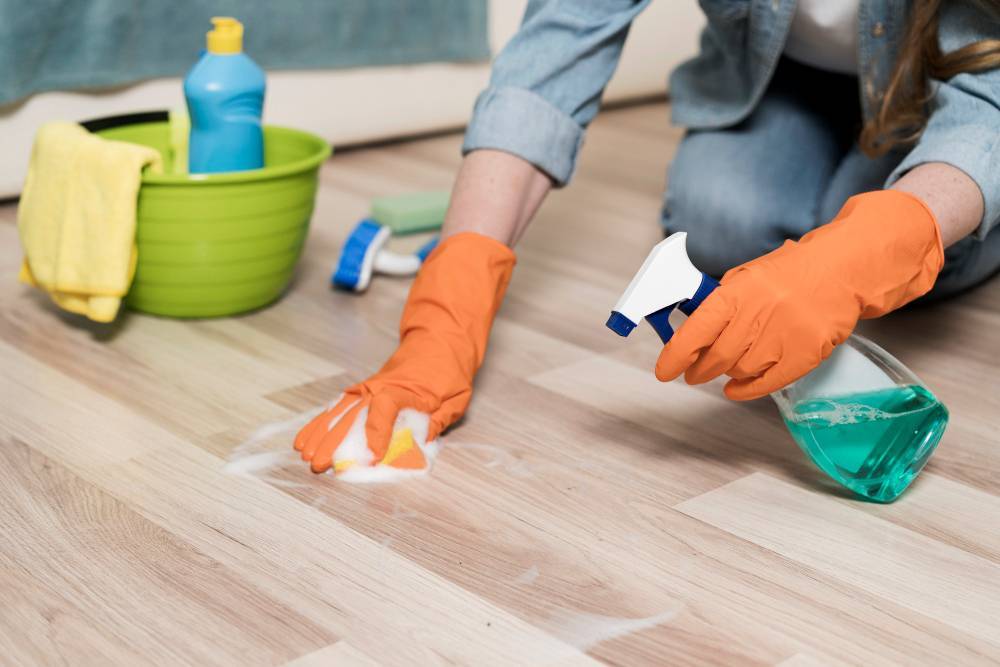
Maintenance is another crucial factor to consider. Hardwood and laminate may require regular sealing or refinishing, while tile and vinyl demand periodic cleaning. Choose a flooring material that aligns with your lifestyle and maintenance preferences.
Sustainability: A Choice for the Future of Our Planet

If you’re environmentally conscious, consider choosing a sustainable flooring material. Bamboo and cork are great eco-friendly options.
“Your budget matters. Quality, durable flooring can lead to long-term savings”
Conclusion
Choosing the right flooring material for your home interior involves considering your needs, exploring different materials, understanding the installation process, and thinking about maintenance and sustainability. By taking these factors into account, you can find a flooring material that not only meets your needs but also enhances the beauty of your home.
1. What are the different types of wood that I should consider for my floor?
There are several types of wood that you can consider for your floor, including oak, maple, and cherry. Each type of wood has its own unique characteristics, so it’s important to choose one that suits your needs. Hardwood flooring is a popular choice for its natural beauty and durability. It’s ideal for living rooms and bedrooms but avoid using it in areas prone to moisture like bathrooms or kitchens
2. What is vinyl flooring?
Vinyl flooring is a water-resistant and durable flooring material that’s suitable for kitchens and bathrooms. It’s also available in a variety of designs, including wood, stone, and tile. Vinyl flooring is easy to clean and maintain, making it a good choice for high-traffic areas.
3. How many types of carpet are there for floors?
There are several types of carpet for floors, including wool, nylon, and polyester. Each type of carpet has its own unique characteristics, so it’s important to choose one that suits your needs. The carpet provides a warm, comfortable feel underfoot. It’s best suited for bedrooms and living rooms where comfort is a priority.
4. What is the best type of flooring should I get if I have pets?
If you have pets, it’s important to choose a flooring material that’s durable and easy to clean. Vinyl flooring is a good choice for pet owners because it’s water-resistant and durable. Hardwood flooring is also a good option, but avoid using it in areas prone to moisture like bathrooms or kitchens.
5. How to place down flooring for DIY projects?
The installation process for flooring materials varies depending on the type of material you choose. Some flooring materials require professional installation, while others can be a DIY project. Consider your skill level and the time you’re willing to invest in the installation process.

Leave a Reply